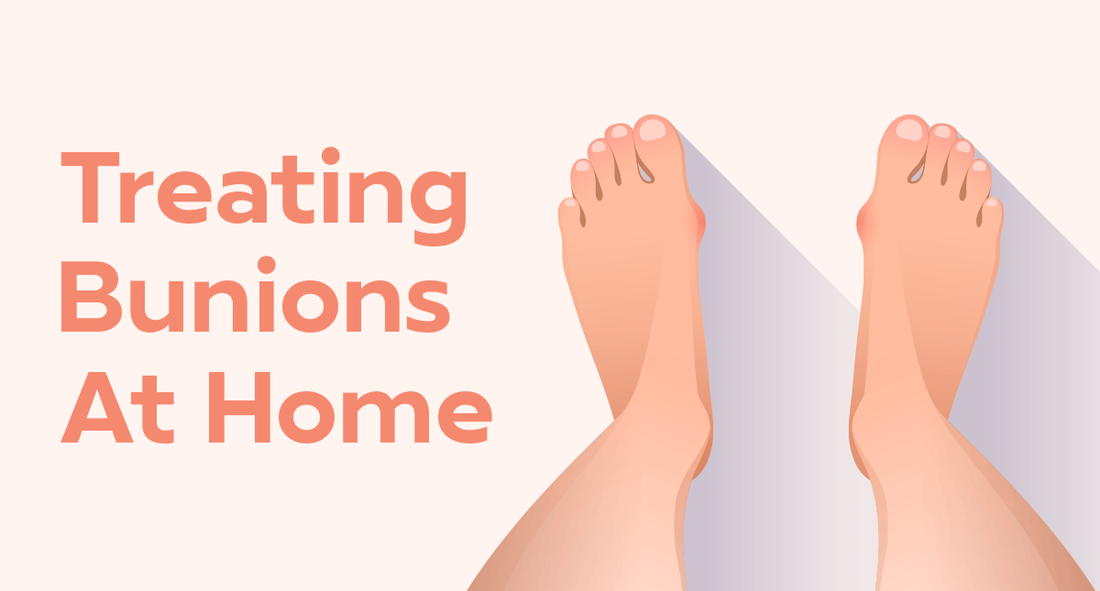Treating Bunions at Home
- Bunion Friendly Shoes
- Bunions
- Foot Care
- Pain Relief

Treating Bunions at Home - Transcript
Hi, I’m Dr. Frederick, creator of Dr. Frederick’s Original. Today we’re going to talk about tips for treating your bunions at home.
Bunions occur when the joint on the big toe is not aligned properly, as a result of the bones in your feet shifting over time. This results in painful inflammation and a bump on the side of your foot that can make walking, running or even wearing your favorite shoes, difficult.
Bunion pain can be severe, and your orthopedic surgeon or podiatrist may recommend surgery. But at Dr. Frederick’s Original, we’re committed to helping you Do More of What You Love in any way that we can - so here are three easy things you can do to relieve bunion pain at home, without surgery.
One - Ditch Your Uncomfortable Shoes
Bunions are often caused by wearing shoes that are too narrow for your foot, many times with subpar arch support. Heels and cowboy boots are two of the worst things you can do to your feet, so leave the boots in the closet with your varsity jacket.
It is also good to avoid shoes that squish your toes together. This even includes memory foam shoes, which will destabilize your arches and make bunions worse.
Two - Wear the Right Shoes
So, now that you know what to avoid, let’s look at which shoes can be helpful to wear. First look for something with a wide toe box.
Wider.
Wider.
Too wide.
Perfect.
A mesh upper will also be more comfortable. If you have flat feet, look for something with more arch support. If your bunions are caused by diabetes, you can speak to your podiatrist about custom shoes and inserts, which are usually covered by insurance.
Three - Over the Counter Pain Relief
If finding the right footwear isn’t enough to relieve your bunion pain, there are also a few affordable products that can reduce bunion pain without surgery.
Gel pads in your shoes can reduce or eliminate pain. You could also try toe separators, which keep the affected toes from rubbing on one another. A bunion splint worn at night can also greatly reduce pain.
Lastly, you could talk to your podiatrist about corticosteroid injections in the joint to relieve the pain, or look into getting some custom foot orthotics.
And that’s it! Just remember these helpful tips and you’ll be Back to the Original You in no time.
For more information on relieving your bunion pain at home, check out the links to our bunion blog posts in the video description below. Or click the link here!
Continue Reading
View All
Our New Copper Infused Elbow Sleeve
We are so excited to introduce our new Copper Elbow Sleeve. Watch this short video to learn why this is the best cho...
- Joint Pain
- Pain Relief
31 Reasons to Make Compression Gloves Your Soulmate
If you have hand pain, your soulmate might be a pair of compression gloves. Support, compression, copper compression ...
- Arthritis
- Carpal Tunnel
- Hand Pain
- Pain Relief
How to Fight Carpal Tunnel (and Win!)
Carpal Tunnel Syndrome is a painful condition that causes numbness, weakness, and pain in the hands and wrists. There...
- Carpal Tunnel
- Hand Pain
- Pain Relief